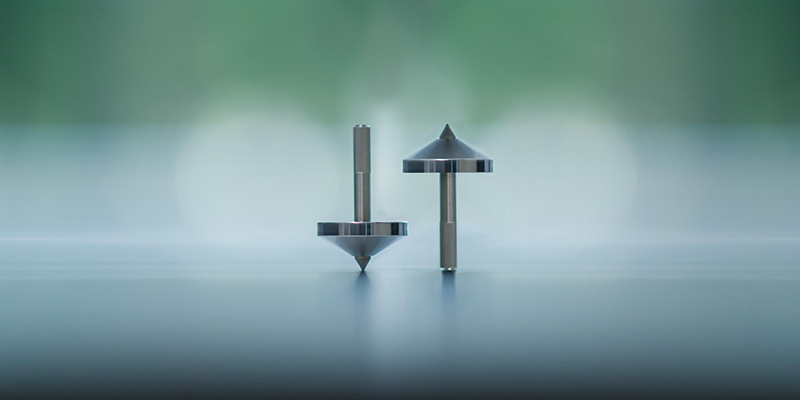
SPINTRONICS POWERHOUSE
− What differences do you see between the School of Engineering of Tohoku University and other Institutes when it comes to the field of Spintronics?
Junsaku Nitta: One of our strengths exists in materials research! Whether it be ferromagnets, antiferromagnets, or ferrimagnets, I believe we have the facilities required in bringing forth new spin-related science and technology into this world. Our roots in basic magnetism research are strong ever since the school was established in 1919. Additionally, there are related activities in semiconductor electronics, from field-effect transistors to integrated circuits, allowing us to collaborate with experts in conventional electronics research, who are able to gauge the value of our progress in spintronics, and eventually put them to good use.
Gerrit Bauer: The close research collaboration between the School of Engineering and the School of Science that spans the full spectrum of spintronics is unique in the world. This was reflected by the recent Tohoku Forum of Creativity on Spintronics that had the subtitle "From Mathematics to Devices". Indeed, while mathematicians ponder over the topology of relativistic materials, other groups study single electronic and nuclear spins related to spin-based quantum computing, manipulate spins by electric fields, and strive to make practical applications by developing new universal memories and logics. The latest endeavor is the quest for efficient energy harvesting pursued by the Collaborative Research Center for Energy Materials of the IMR. If you allow the pun, the advantage of Tohoku University is that we can see things from up to down and vice versa, helping us to think "out of the box". And last but not least Tohoku Unviversity is very internationally minded, and rapidly develops into a real global center of research in spintronics.
JN: Tohoku University cordially welcomes high-caliber researchers to visit and work at Aobayama Campus. I believe we will gain further fame as more research activities attract the public’s attention through educational programs such as the Graduate Program in Spintronics (GP-Spin) and the Interdepartmental Doctoral Degree Program for Multi-dimensional Materials Science Leaders (MD program). Both are magnets for forward-looking students and researchers from around the world. I am sure that all of this will empower the School of Engineering in the field of spintronics. We will establish a world spintronic powerhouse through the gathering of young scientists via graduate-level spintronic studies and international collaborations. This is the way how spintronics continues the tradition of great inventions born at the School of Engineering such as the Yagi-Uda antenna sitting on top of roofs everywhere, the high power magnetron used in microwave ovens or the discovery invention of the KS magnet steel by K. Honda at the IMR.



